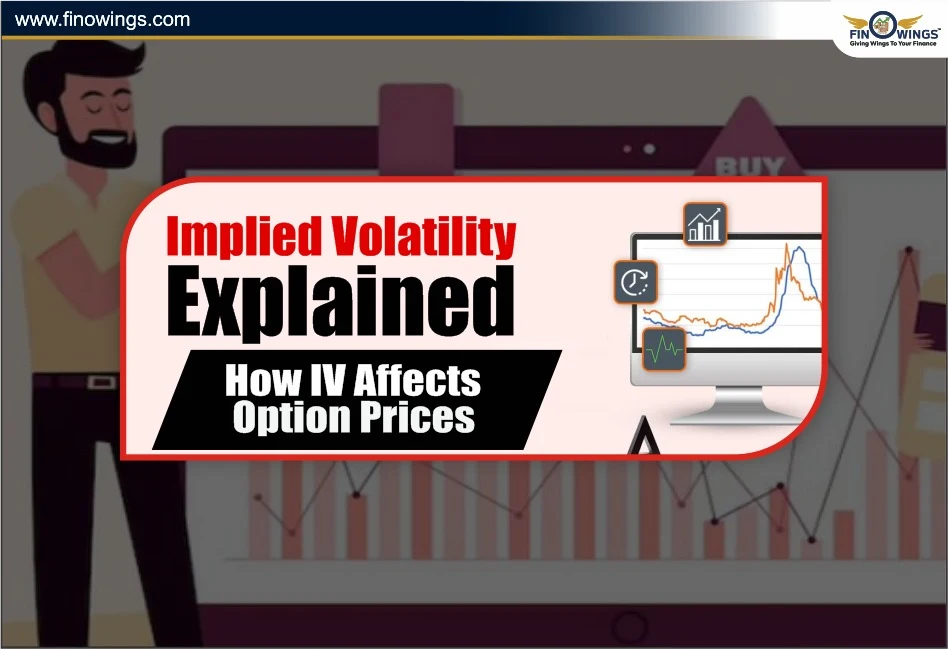Home >> Blog >> RSI vs. MFI: What's the Difference?
RSI vs. MFI: What's the Difference?

Table of Contents
Whether you trade stocks, cryptos, or forex, you have come across the Relative Strength Index (RSI) and the Money Flow Index (MFI). Both indices serve the purpose of determining momentum in the market. However, these two indices show differences in the scope of what they measure. RSI only measures the price action while MFI measures price and volume in determining money flow in the asset.
A thorough breakdown of what RSI and MFI mean, how the Money Flow Index strategy works, and the remaining differences in RSI and MFI will be provided in this guide.
What Is RSI (Relative Strength Index)?
RSI was created by J. Welles Wilder and to this day, it is one of the most popular momentum oscillators in the market. It checks the asset's overbought and oversold condition and the rate at which its price fluctuates.
RSI Formula = 100 - [100 / (1 + RS)]
where, RS = (Average Gain over 14 periods) / (Average Loss over 14 periods)
RSI Range: 0-100
Typical Interpretation
RSI above 70 → Overbought (price may fall soon)
RSI below 30 → Oversold (price may rise soon)
Example
If a stock’s RSI is 80 (warning signs of a possible pullback) vs. RSI is 20 (the stock is oversold and left with no buyers. Correction is expected. The stock can rise).
What is MFI (Money Flow Index)
The MFI or Money Flow Index is the third indicator of the 4 main indicators in the previous chapters. It is the first in the volume-weighted indicators (momentum indicator). It not only checks the directional change of price movement (like RSI) but also includes trading volume to compute money inflow/outflow for a given time period.
(Source: TradingView)
Formula
MFI = 100 - [100 / (1 + Money Flow Ratio) ]
Where, Money Flow Ratio = (Positive Money Flow) / (Negative Money Flow)
Steps to Calculate MFI
1. Calculate the Typical Price (TP) = (High + Low + Close) / 3
2. Multiply TP by volume to get Raw Money Flow
3. Separate positive and negative money flows
4. Calculate the ratio and plug it into the formula above
Range MFI also oscillates between 0 and 100.
Interpretation:
- MFI above 80 shows the asset is overbought.
- MFI below 20 shows the asset is oversold.
Unlike the RSI indicator, the Money Flow Index has the ability to add value to price analysis by assessing whether price increases are accompanied by high trading volume.
Differences Between RSI and MFI
|
Parameter |
RSI (Relative Strength Index) |
MFI (Money Flow Index) |
|
Full Form |
Relative Strength Index |
Money Flow Index |
|
Focus |
Price-only indicator |
Price + Volume indicator |
|
Core Formula Input |
Average gains and losses |
Typical price and trading volume |
|
Range |
0-100 |
0-100 |
|
Overbought Level |
Above 70 |
Above 80 |
|
Oversold Level |
Below 30 |
Below 20 |
|
Key Use |
Identifies price momentum |
Identifies money flow strength |
|
Sensitivity |
More reactive to price changes |
Smoother and volume-verified |
|
False Signals |
Higher chances |
Fewer due to volume confirmation |
Simply put, RSI measures momentum while the MFI measures the strength behind the momentum. This results in even more powerful signals when the two are combined.
Money Flow Index Trading Strategy
The Money Flow Index is used to determine the price trend and divergences in value.
1. Overbought and Oversold Trades
- MFI less than 20 shows oversold → is a buy opportunity.
- MFI greater than 80 is overbought → is a sell opportunity.
2. Divergence Trading
- If price achieves a new high and MFI does not, there is weak buying pressure → possible price drop.
- If the price achieves a new low and MFI increases, there is strong buying pressure → a bullish price drop is expected.
3. Trend Confirmation
MFI index along with moving averages or RSI is used to confirm the strength of the breakout.
When both RSI and MFI are over their midpoint (50), you have a strong uptrend.
When both indicators are less than 50, you have a verified downtrend.
MFI and RSI Together – The Best Combo
Most pro traders combine both:
-
RSI provides a fast price-based perspective.
-
MFI confirms if there is real money behind the price move.
Example:
RSI hitting “overbought” territory but MFI is still stable means the move is likely to continue because the buying pressure is still strong.
On the other hand, RSI and MFI both hitting “overbought” means a price correction is likely to occur.
This RSI vs MFI combination effectively filters out false breakouts and confirms real-world trends in the market.
MFI Advantages Over RSI
1. Volume-based confirmation: MFI avoids low-volume false breakouts.
2. Divergence accuracy: MFI will often signal divergences before RSI, indicating the possible change in trends.
3. More reliable in a market's volatility: It is a good option for short-term traders because it combines price and volume.
RSI is still straightforward to utilise on its own and is more common, making it an excellent companion for MFI in most money flow index strategies.
Practical Example
Imagine you're analysing Stock XYZ:-
RSI = 75 (overbought)
MFI = 82 (also overbought)
Both signs suggest significant upward momentum, but they also signal to the potential for a reversal.
It may be appropriate to sell if MFI begins to drop while RSI stays high, as this indicates that the money inflow is slowing down.
Disadvantages of MSI
-
Low-Volume Stocks with Limited Accuracy. Volume data is a major component of MFI. The readings may become inaccurate or deceptive if you're examining low-volume or illiquid equities. Even slight price changes might cause MFI to swing sharply when trading volume is low, producing erroneous overbought or oversold signals.
-
The Money Flow Index is lagging, just like the majority of momentum indicators; it responds after changes in price and volume have already taken place.
-
Strongly trending markets are where MFI performs best. The indicator frequently passes overbought (80) and oversold (20) levels in range-bound or choppy conditions, creating whipsaw indications that can be confusing to traders.
-
Large institutional trades or block transactions can occasionally skew the actual money flow, despite MFI's assumption that volume validates price direction.
Conclusion
In the RSI vs MFI discussion, no indicator stands out as better; they simply have different yet complementary uses. Apply RSI for measuring price momentum. Apply MFI to confirm the momentum with trading volume. Combined, they become a strong pair that enhances the precision of identifying market tops, bottoms, and reversals.
Regardless of whether you're a day trader or a long-term investor, understanding what is MFI, implementing the Money Flow Index strategy, and comparing it to RSI will give you a solid technical advantage in the market.
DISCLAIMER: This blog is NOT any buy or sell recommendation. No investment or trading advice is given. The content is purely for educational and information purposes only. Always consult your eligible financial advisor for investment-related decisions.



















